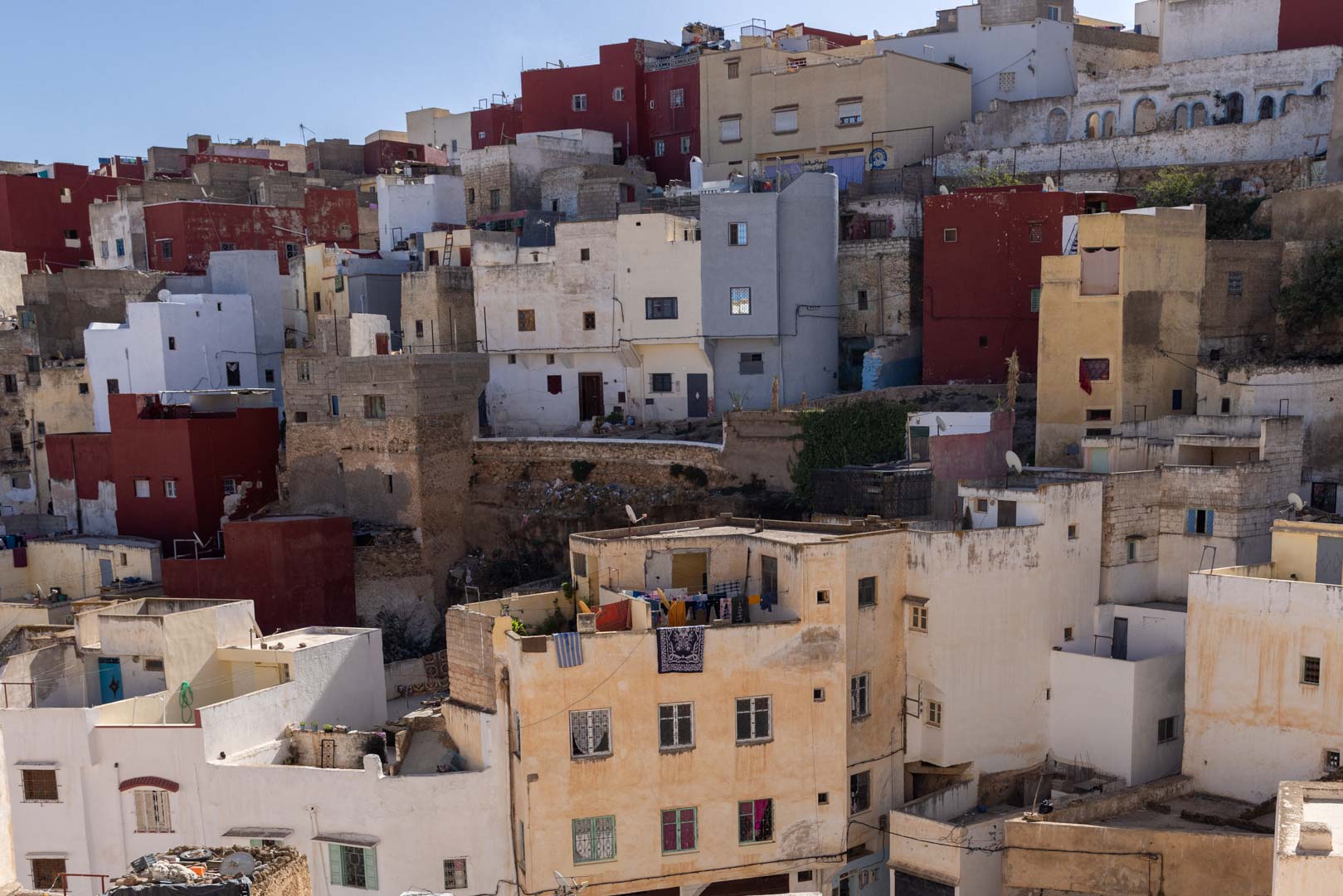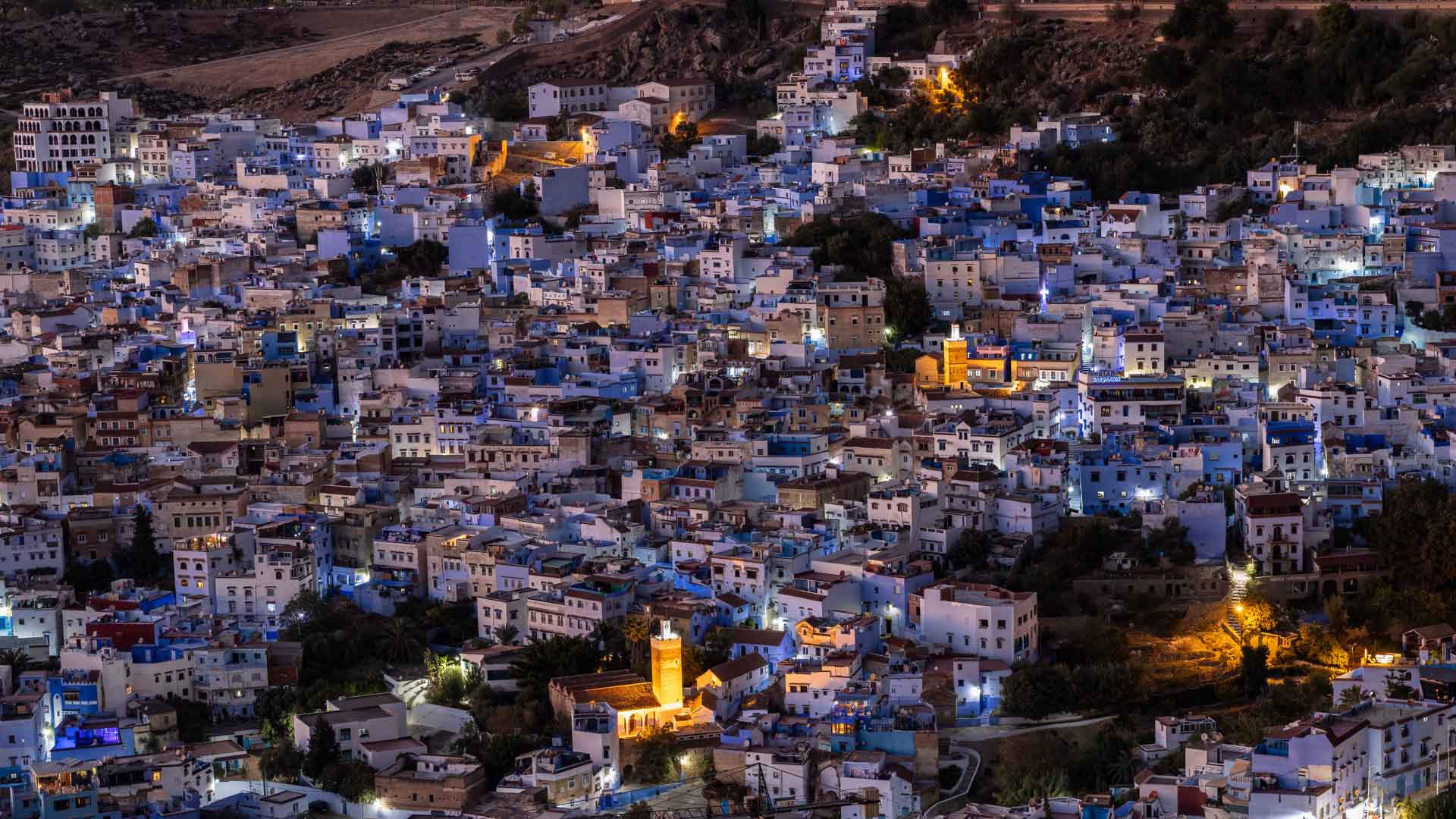
NORTH OF MOROCCO – CHEFCHAOUEN TO FES
Morocco is a long-established nation with a rich past. A prehistoric man once lived in the region, and it was also the home of the Berbers, Moors, Carthaginians, and Romans.
When we arrived, a private driver met us and took us on a guided tour of Rabat and Casablanca, stopping at the Hassan II Mosque, the Mohammed V Mausoleum, the medina of Rabat, and its enchanting chellah.
Another highlight was a visit to the well-known Rick’s Cafe, which was modeled after the cafe from the 1942 movie “Casablanca”. The little-known fact is that during World War II, the French Vichy administration would not send Moroccan Jews to concentration camps because the King famously proclaimed that there were neither Jews nor Muslims but that all of his subjects were citizens of Morocco.
CASABLANCA
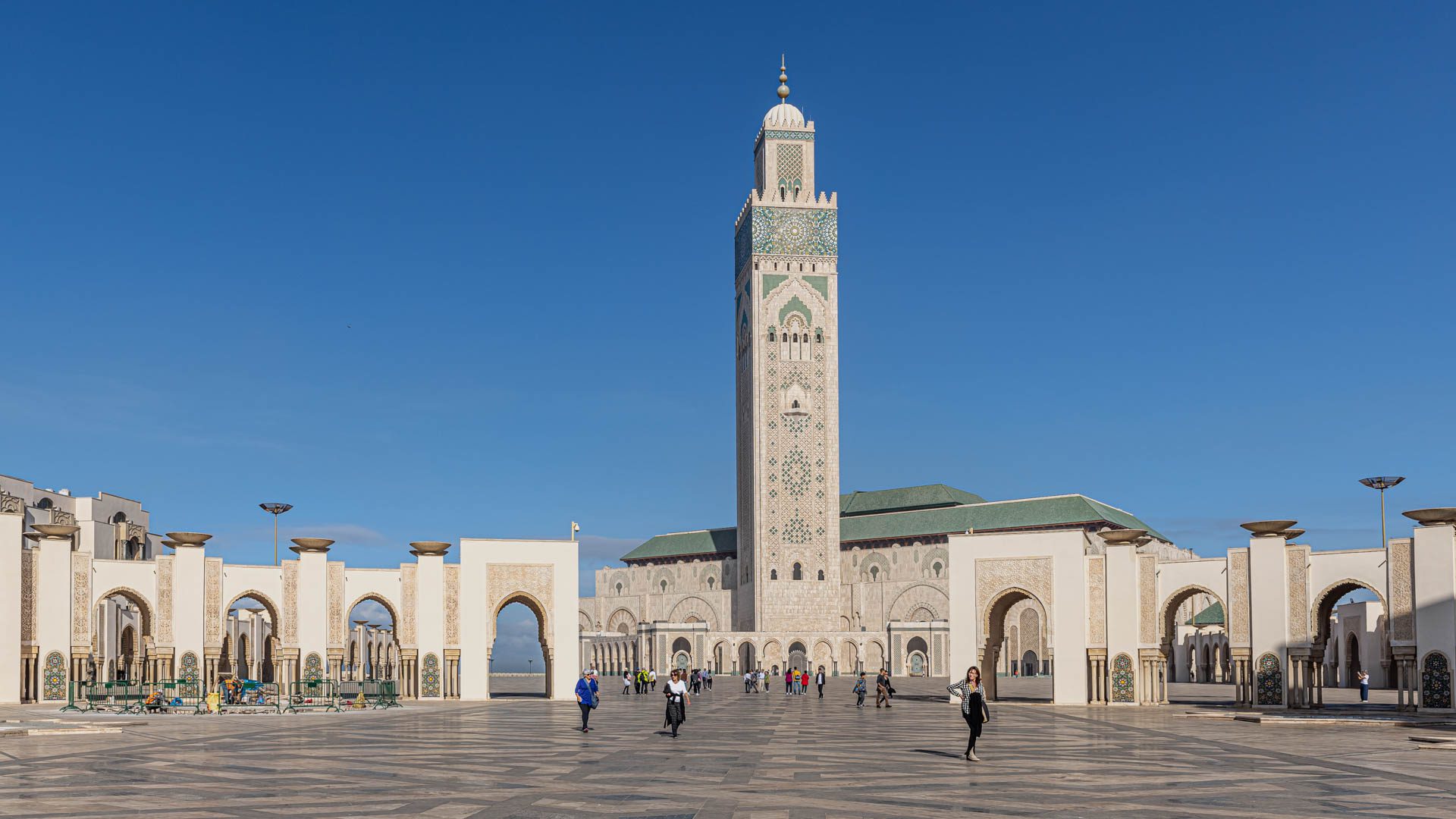
IMPERIAL RABAT, CAPITAL OF MOROCCO
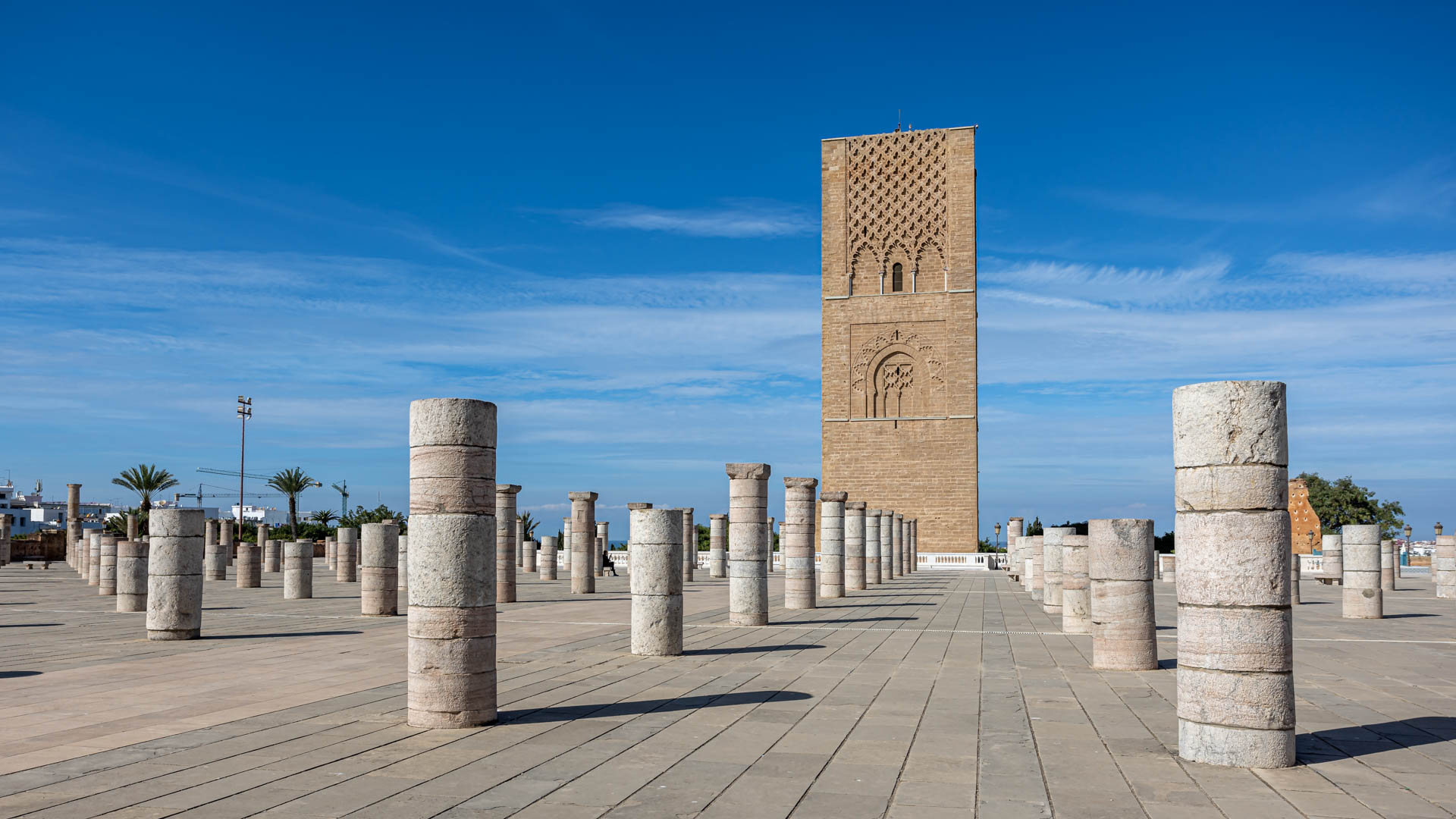
CHEFCHAOUEN, THE BLUE CITY
Later, our driver led us to Chefchaouen’s resplendent blue medina and the Riff Mountains.
Walls, doors, windows, stairways, alleyways, and archways are all a combination of a soft pastel sky blue and deeper, more strong colors, making this town a visual treat in blue.
As a result of Moors and Jews fleeing Spain in the 15th century, the city has a long and illustrious history. It has a stunning and well-preserved medina and is a UNESCO World Heritage site. It has some of the best culinary offerings in all of Morocco and is surrounded by mountains, waterfalls, and natural parks.
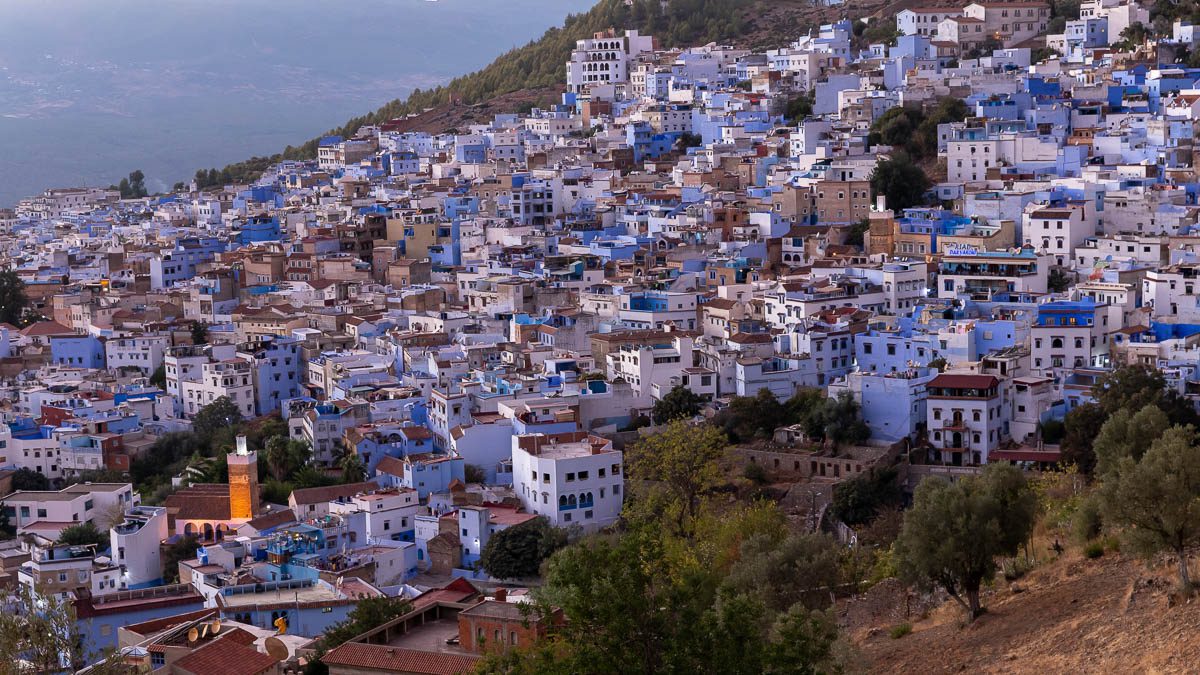
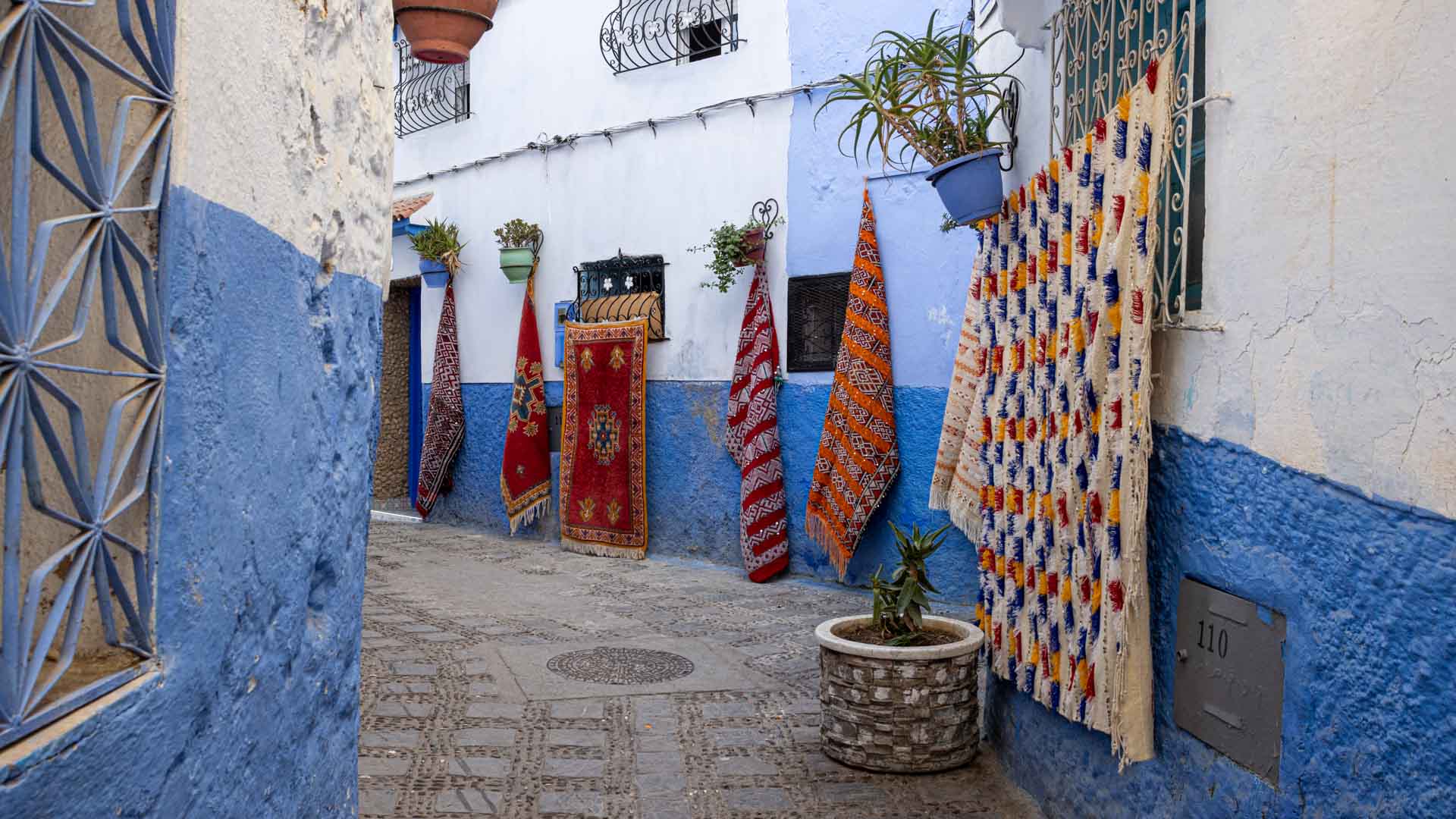
TO FES VIA VOLUBLIS AND MEKNES
After two glorious days in Chefchaouen walking around medina, sampling all kinds of tajines including oxtail, feasting on fresh goat cheese, local honey, and freshly squeezed pomegranate juice we headed south toward Fes stopping in Volublis and Meknes.
Thanks to the powerful Berber tribes this city was one of the most distant from the Roman Empire and yet it still contains some of the most important and extensive remains of that empire. It was responsible for fulfilling the voracious Roman appetites and providing them entertainment with wild animals. At the height of its glory, Volublis was home to over two thousand people. A major attraction is the Capitoline Temple which is considered one of the most beautiful basilicas in Africa back in the day.
After Volublis we stopped In Moulay Idriss, the oldest town in Morocco. The camel-shaped town was founded by Moulay Idriss in 789 after he fled from Makkah.
What makes this city unique is not only the fact the Idriss dynasty was founded here but also that it has the only round minaret in Morocco.
Later we visited Meknes which is one of Morocco’s less-explored treasures. Built by ten thousand slaves on the order of tyrannical ruler Moulay Ismail Meknes is known as Moroccan Versailles.
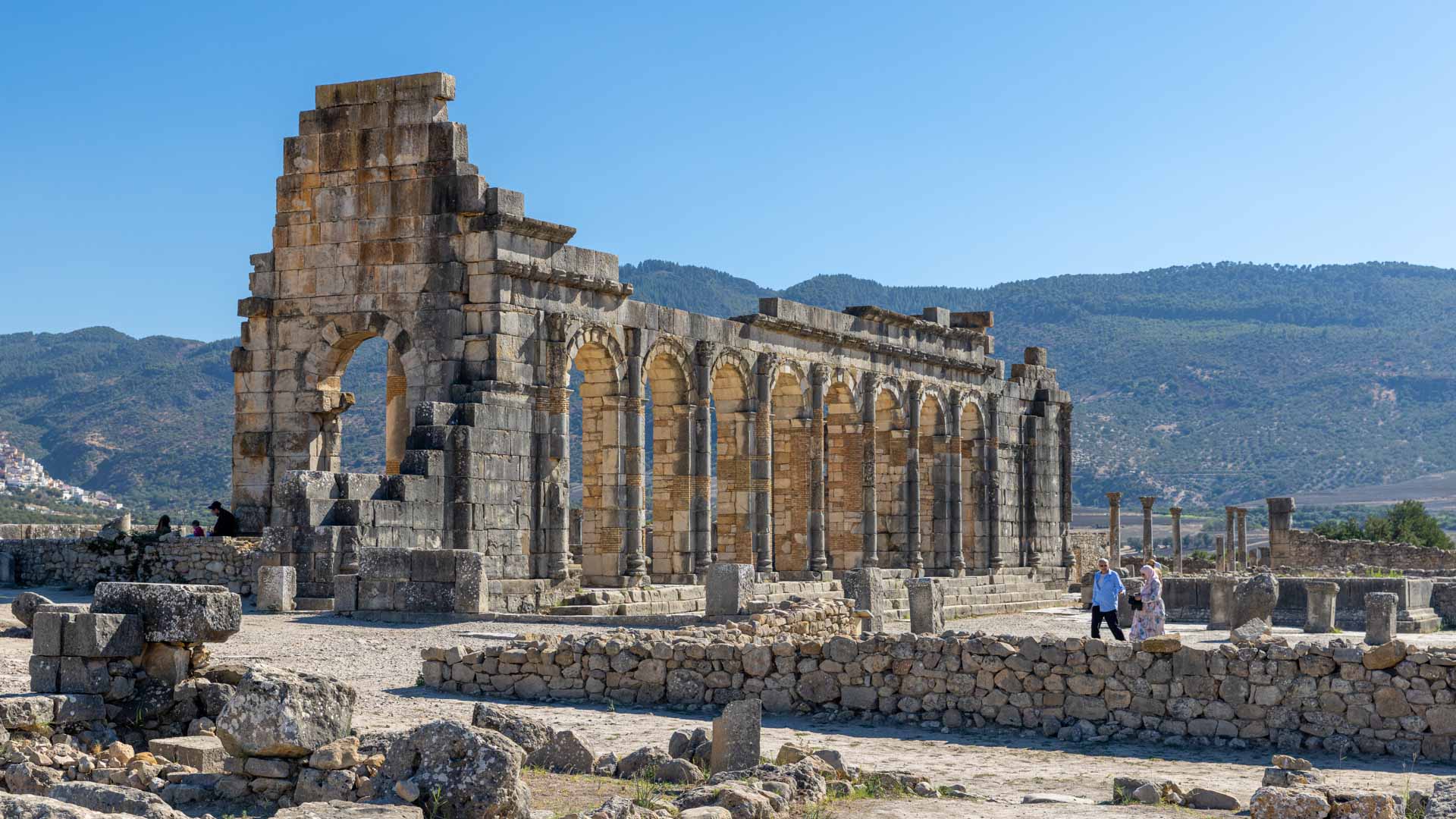
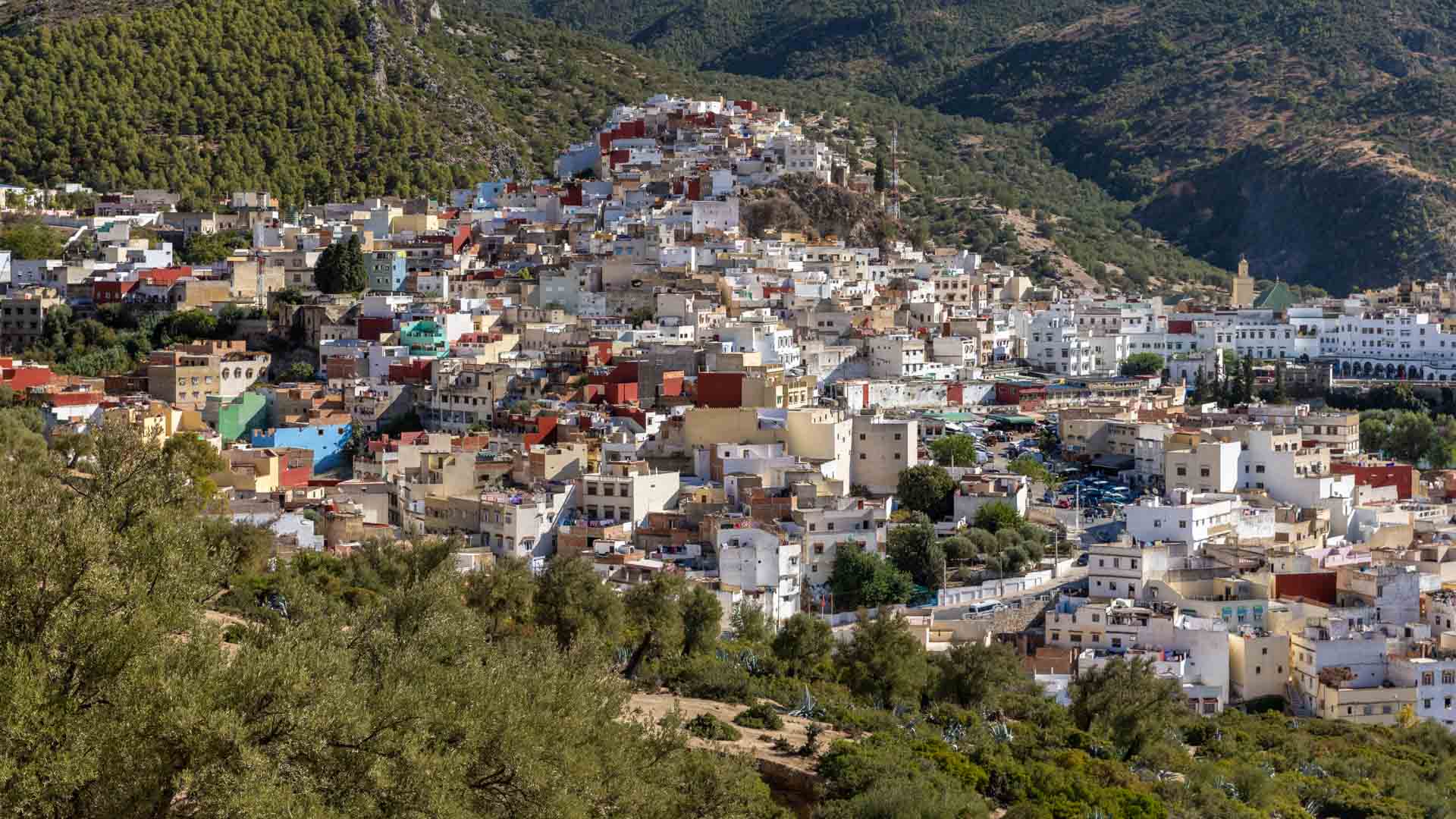
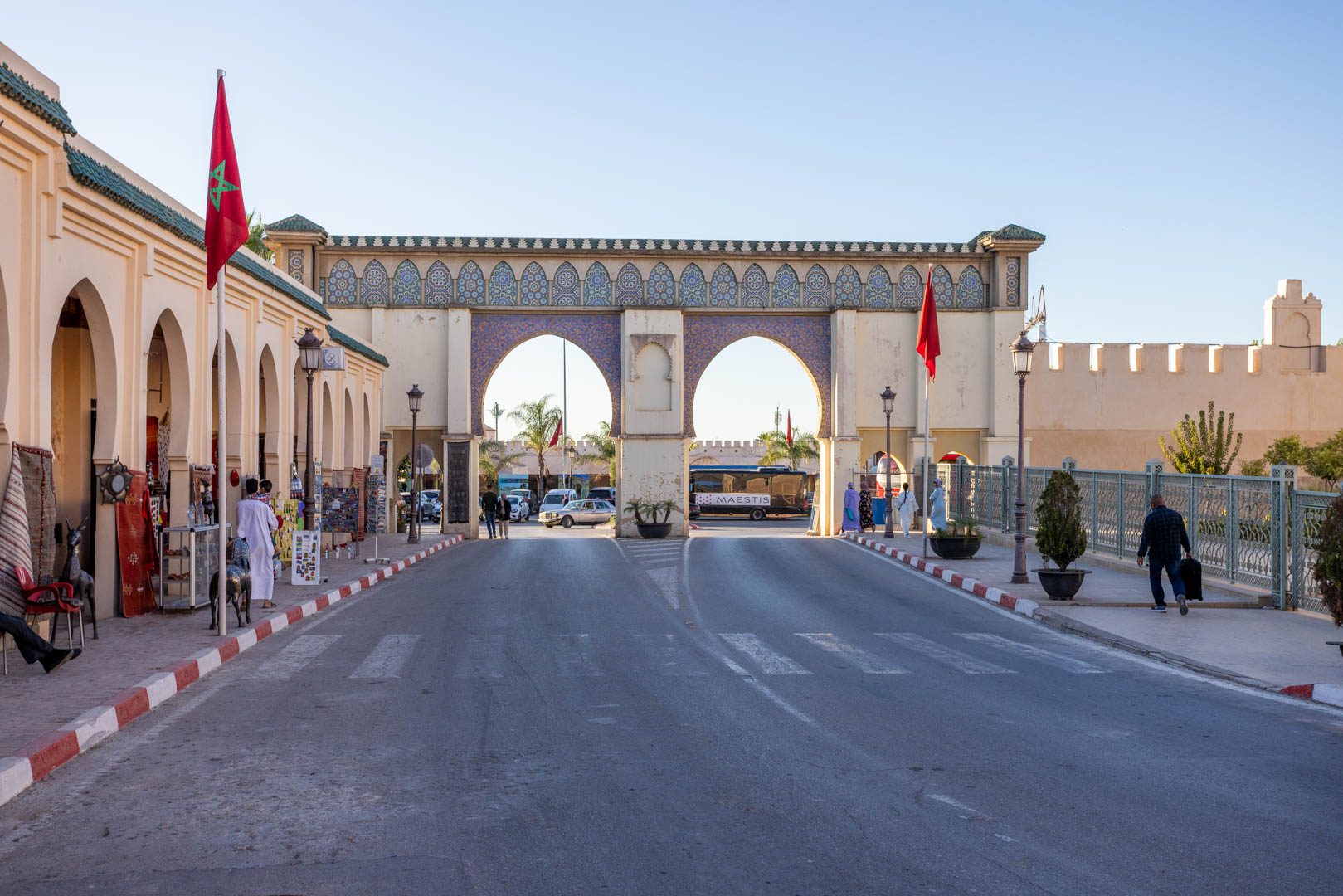
FES
One of the highlights of this trip was our time in Fez since the remarkable city has many exotic delights to offer. The city is believed to be 1200 years old. It was founded in 789 by Idriss. The city also has the oldest university in the world established in 859 AD.
It would take a lifetime to explore the nine thousand streets and alleyways of the incredible city, but lucky for us, our Fez born-and-bred guide helped us explore the major attractions of the city, mainly the tanneries, and the various craft souks, the synagogue, and the mellah, its historic Jewish quarter. Other attention-grabbing sights include the King’s Palace and the Pottery Complex.

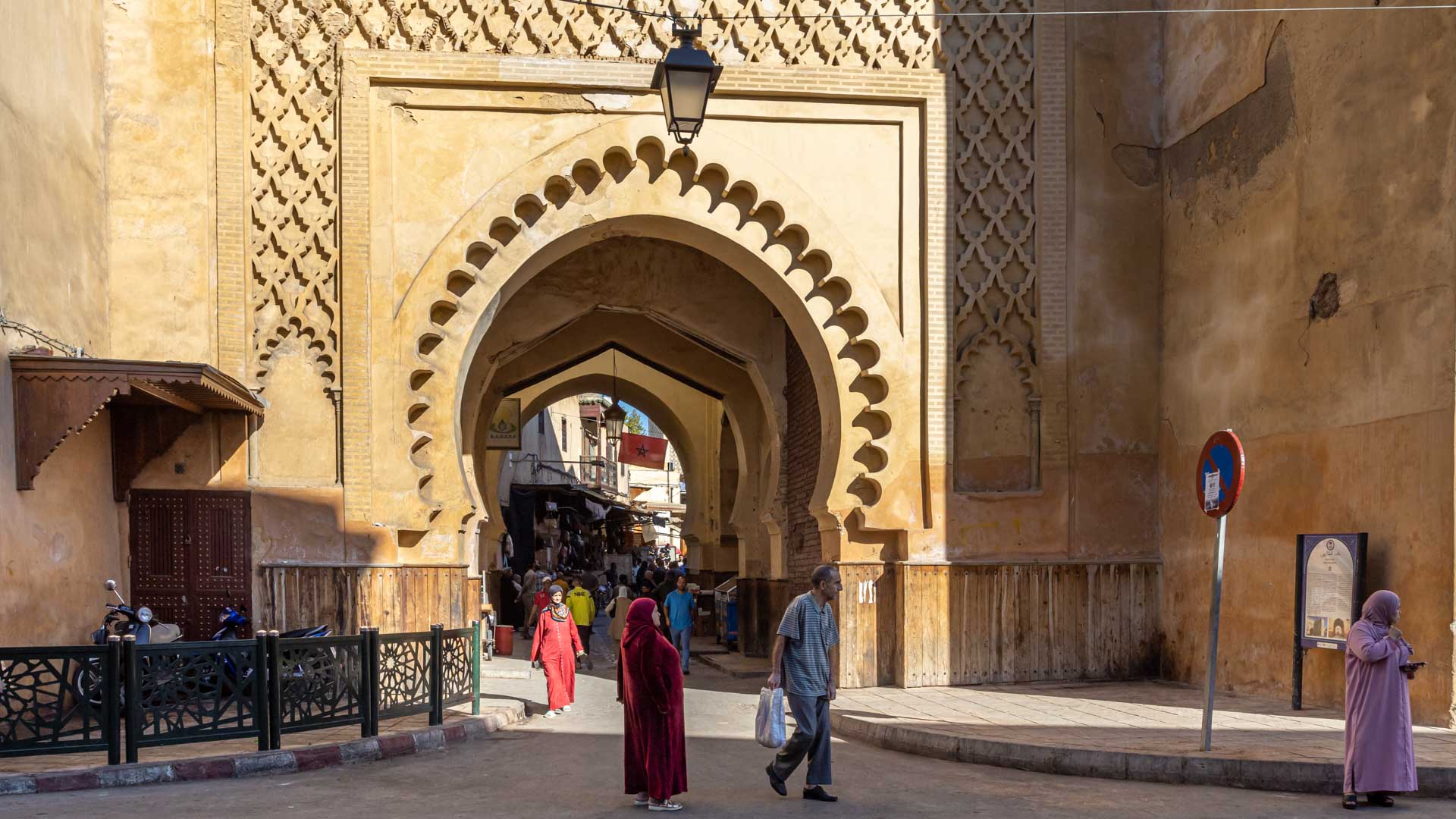
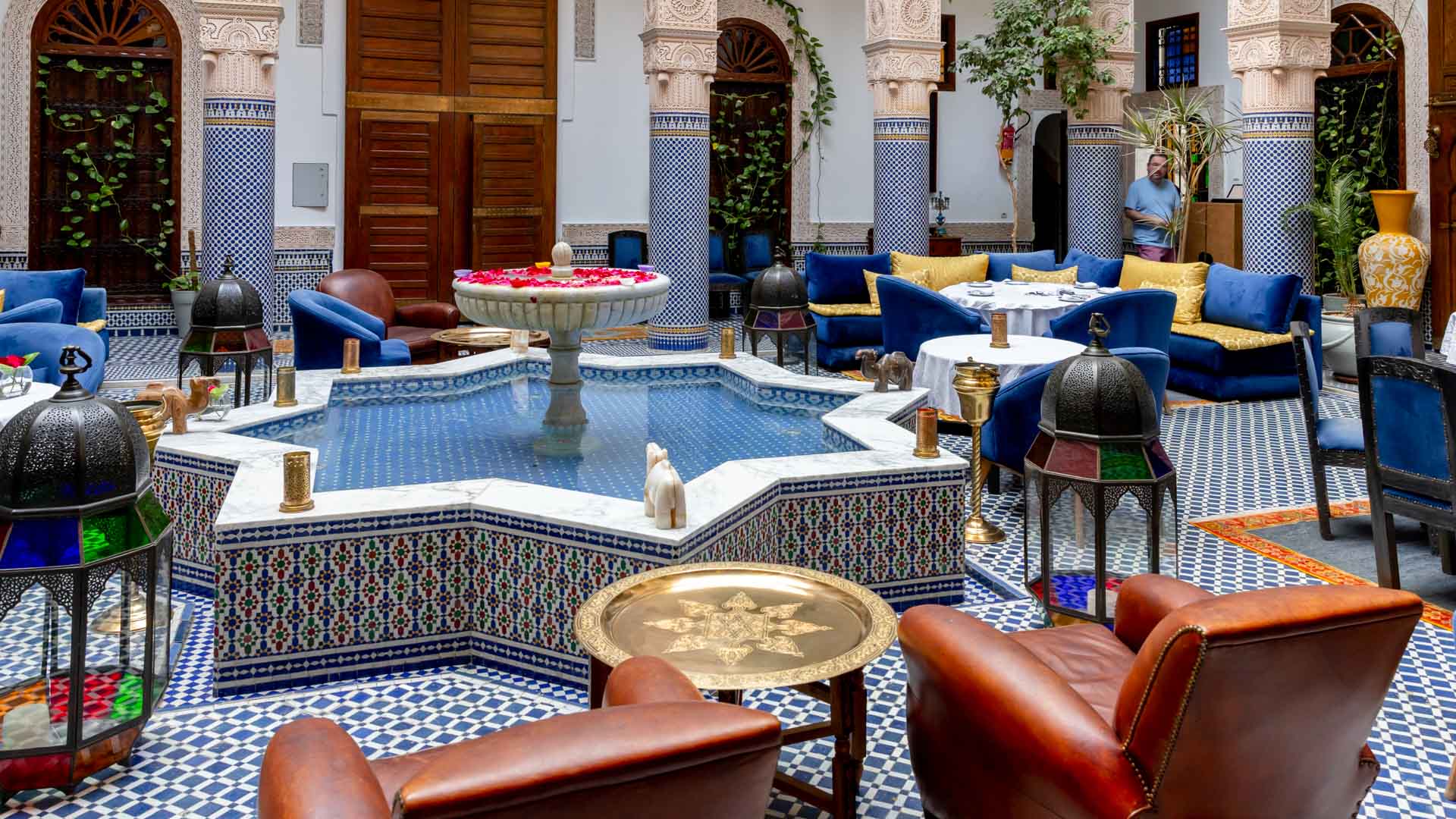
SEFROU, A DAY TRIP FROM FES
Sefrou, known as the little Jerusalem of Morocco, was once home to Morocco’s largest Jewish community. A stroll through this little Berber village today provides insight into local life. Wandering through the medina, you hear weavers preparing blankets on traditional looms, haberdasheries bustling with locals purchasing accessories for their djellabas, and unassuming cafes serving the sweetest mint tea.
We visited a Jewish school there which used to be part of an orphanage and a synagogue.
